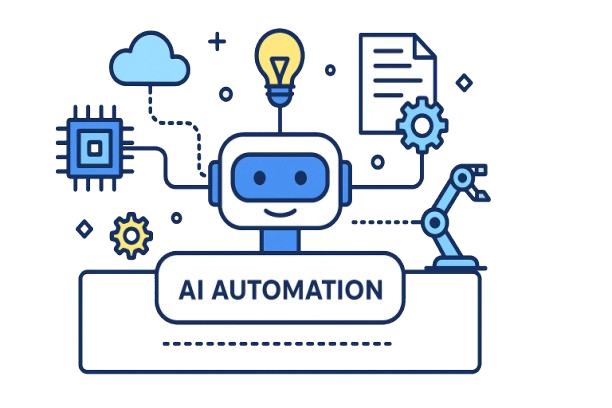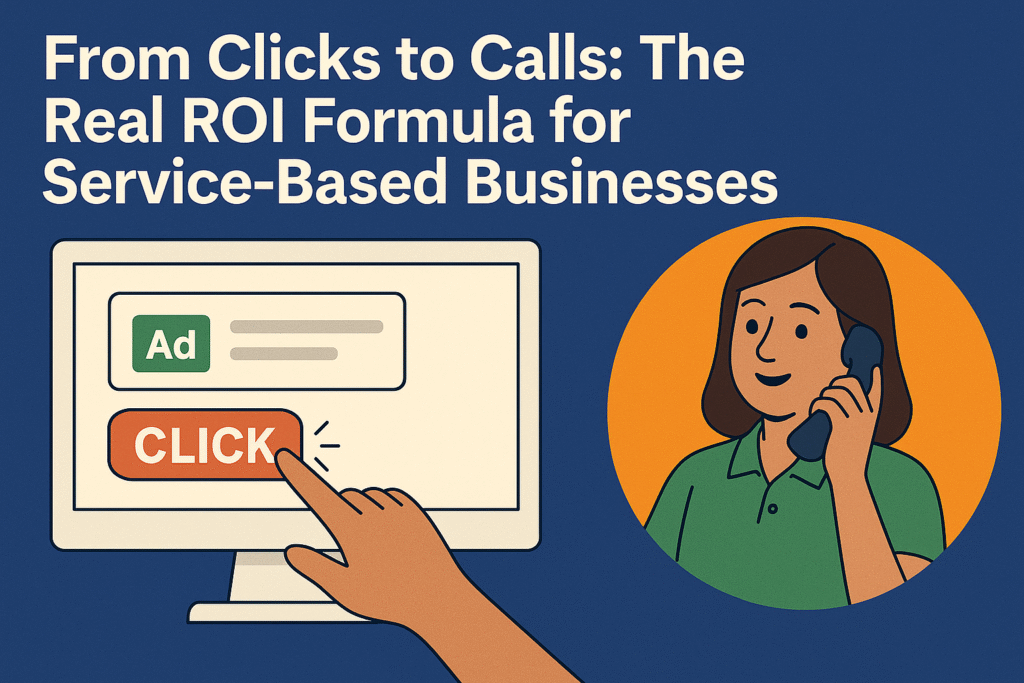AI in Google Ads 2025: How Automation Is Making Marketers Lazy
By AdShot Media AI Editorial Team | Published: October 2025
Automation has taken over digital advertising. From keyword research to bidding strategies and ad copy generation — AI now touches almost every corner of a Google Ads account. But there’s a silent problem: most marketers have stopped thinking.
The Rise of “Set-and-Forget” Advertising
In 2019, advertisers manually optimized keywords, match types, and ad extensions daily. By 2025, Google’s algorithms can automatically adjust bids, create dynamic search ads, and even rewrite headlines based on conversion data.

Performance Max (PMax) campaigns, Responsive Search Ads (RSAs), and Smart Bidding have simplified campaign management. But they’ve also removed visibility and control. Too many marketers now rely solely on automation reports, without ever checking:
- Which keywords are actually driving calls or purchases?
- Whether the landing page experience supports conversions?
- If Google’s AI is bidding for irrelevant search intent?
“AI is brilliant at finding data patterns, but terrible at understanding human behavior.”
How Automation is Creating “Lazy” Marketers
Let’s break this down. Every automation tool works on feedback loops — data in, data out. When marketers stop manually analyzing results, they feed poor data back into the system. That’s when campaigns plateau.
In our agency’s audits, 8 out of 10 accounts running only Smart Bidding or PMax showed:
- Wasted spend on broad, low-intent keywords
- Duplicate targeting across campaigns
- Irrelevant auto-generated ad copy
- Zero post-click optimization (no A/B testing, no behavioral data)
Why AI Needs a Strategist Behind It
AI can process billions of signals, but it can’t understand why people click. That’s where human marketers — strategists — step in. At AdShot Media, we call this balance the “Human-AI Hybrid Framework.”
Here’s what this looks like inside real campaigns:
- AI handles: Bids, ad testing, audience clustering, and placements.
- Humans handle: Offer strategy, keyword intent mapping, landing page experience, and creative direction.
Automation optimizes. Strategy scales.
Case Insight: Automation in a Travel Ads Campaign
In 2025, one of our travel clients approached us after their Performance Max campaigns stopped delivering. Despite high impressions, call volume had dropped 40%.
We ran a 14-day audit and discovered that Google’s automation was pushing 70% of spend toward destination keywords instead of flight booking intent. We restructured their campaigns with:
- Manual negative keyword layering
- AI-driven call-duration tracking
- Dynamic ad scheduling based on time-of-day reports
This is a perfect example of AI doing the heavy lifting — and humans giving it direction.
Top 5 Ways AI is Misused in 2025
- Over-trusting Smart Bidding: It maximizes conversions, not profits.
- Ignoring keyword intent: AI can’t always distinguish between research and buying intent.
- Neglecting creative quality: Many marketers let RSAs write generic headlines.
- Skipping manual review: Important insights remain hidden in “Search terms” reports.
- No conversion tracking calibration: Google optimizes for whatever conversions you feed it — even the wrong ones.
How AdShot Media Combines AI + Human Strategy
Our agency doesn’t fight automation — we engineer it intelligently. The goal isn’t to disable AI, but to guide it with cleaner signals, better structure, and human oversight.
Here’s our 3-step hybrid system:
- Step 1: AI-Powered Discovery — Use automation to identify top-performing queries, devices, and times.
- Step 2: Human-Led Structuring — Build SKAG or SEG frameworks to refine keyword intent.
- Step 3: Smart Optimization — Feed AI only with data from real, qualified leads (calls ≥ 60s).
This balance lets AI handle repetitive optimization while strategists stay focused on growth and market positioning.
The Future of Google Ads: Augmented, Not Automated
In the next phase of digital advertising, agencies that thrive will be those who combine:
- AI’s speed and precision
- Human judgment and emotional intelligence
- Real-time dashboards and transparent reporting
We’re already implementing this across travel, solar, and home services — industries where compliance, call tracking, and policy alignment matter as much as conversion rates.
“The best campaigns in 2025 aren’t fully automated — they’re intelligently supervised.”
Final Thoughts
AI is here to stay, but advertisers must learn to use it wisely. Automation is a tool — not a replacement for strategic thinking. When you combine machine learning with human expertise, you don’t just get clicks… you build systems that compound ROI over time.
At AdShot Media, every Google Ads campaign we launch combines automation efficiency with human-level insight. That’s why our clients see more calls, better quality leads, and scalable revenue — not just data reports.
Ready to run smarter Google Ads?
Let our strategists show you how AI + human insight can 10× your ROI.
📞 Schedule A CallFrom Clicks to Calls: The Real ROI Formula for Service-Based Businesses From Clicks to Calls: The Real ROI Formula for Service-Based Businesses Most service businesses obsess over clicks — but…

